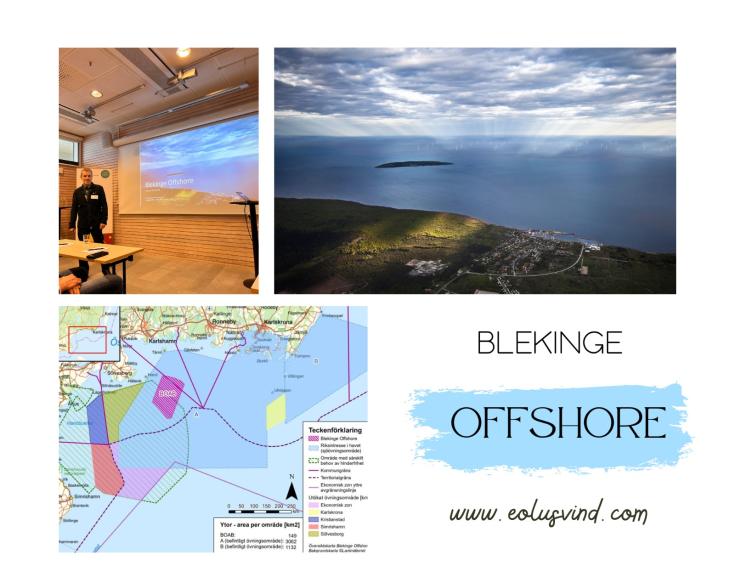Blekinge Offshore's sustainable resurgence
In 2016, the government rejected Blekinge Offshore's project approval request, citing reasons related to national security.
In 2022, the project came back into consideration, and the planned wind energy park was adjusted in accordance with national defense interests, as well as the rapid technological advances in the wind energy industry over the past decade. In February 2024 a new permit application was submitted for the redesigned project.
The main reason for the opposition from the Defense Forces in 2016 was the impact on the marine training area's surface and the small distance between turbines. With a project area approximately 40% smaller, about 90% fewer turbines, and a four times greater distance between turbines, Blekinge Offshore now represents an entirely new project. If approved, the project could begin construction in 2027 and generate 4.3 TWh/year of green electricity, over twice the amount of electricity needed in Blekinge annually.
The project stands out due to strong support from the local community. The initial project developer made significant efforts to inform, discuss, and secure the project with local stakeholders, including the nature conservation association, fishermen, municipal politicians, and companies in the region.
Local fishermen expressed their support for the project, noting that it serves as an excellent nursery habitat for fish that seek refuge near the turbine foundations. Furthermore, the developers together with the municipalities in the area proposed an expanded area of 770 sq km in Hanö Bay for marine exercises to the Swedish Armed Forces, a space five times larger than the Blekinge Offshore project.
Despite the wind turbines being visible from various locations along the coast and the Blekinge archipelago, public acceptance is high. The main remaining challenge is obtaining acceptance from the Swedish armed forces and navy and a final permit from the Government.

